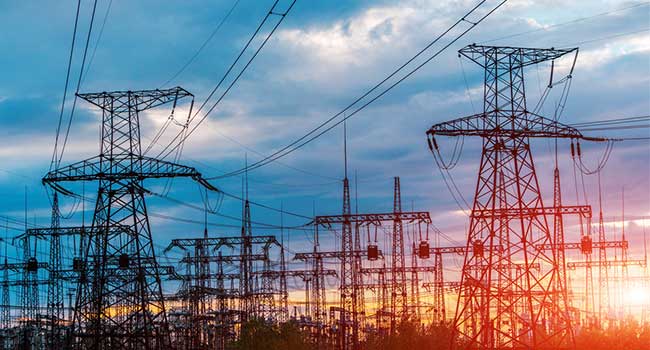
5 Challenges of Creating a Cybersecurity System for Our Electric Grid
Here are some of the challenges that we must resolve before making the electric grid hacker-proof.
- By Kayla Matthews
- May 20, 2019
People have recently wondered about the likelihood of the electric grid getting hacked. Experts say the possibility exists but taking care of the vulnerabilities is not as straightforward as it seems.
Here are some of the challenges that we must resolve before making the electric grid hacker-proof.
1. Uncertainty About Who Will Pay For It
Recent coverage of grid cybersecurity centered on the costs associated with securing the electric grid. Which parties would pay for those expenses? Would the utility providers bear the costs or would the expenses get transferred to the customers? We need to iron those specifics out before it'll be feasible to move ahead with creating a cybersecurity plan for our electric grid.
2. Current Customer Mindset Does Not Support Increased Costs
Another issue is that if customers paid more to help strengthen the electric grid's security, they probably wouldn't take kindly to those increased costs. That's because people are accustomed to paying more for some things. For example, they know it's necessary to budget more for medical insurance if they want plans that give them better coverage.
But, people don't have that kind of mindset yet about their electricity. The only time that they typically think about how inconvenient it is to be without electricity is when severe storms cause power outages. In those cases, they expect work crews to come to fix the damaged lines as soon as a change in the weather makes it safe enough to do so.
So, a different hurdle we have to clear before moving forward with securing the electric grid is to educate people to see a connection between electric grid reliability and poor cybersecurity. Once individuals understand how the two things relate to each other, they should be more willing to deal with increased bills.
3. Difficulty in Quantifying the Economic Benefits
It's possible that national governments may help with the costs of improving cybersecurity to the grid. But, before the associated representatives agree to do it, they'll probably want hard statistics that tell them how many millions or billions of dollars they could save by putting measures in place to prevent blackouts caused by cybersecurity shortcomings.
But, those are hard or impossible to source because outside of the 2015 attack on Ukraine's electric grid, people still must speak of these incidents in theoretical terms instead of referring to real-life events.
The U.S. Department of Energy
took steps last year to try and determine how to recover from an attack on the grid and the resources required to do it.
It wanted to impose a "stress test" that mimics a cyberattack on the natural gas, oil and electric systems. Once more organizations plan such investigations, it should become easier for people to make educated estimations about the harm caused to an economy by not securing the grid against cyberattacks.
However, it'll probably take at least a few years to acquire the data necessary to do that, and any such delays potentially give hackers more opportunities to strike a still-vulnerable grid.
4. Cybersecurity Research for the Grid Still Largely Experimental
One of the ways that cybersecurity researchers reduce hacks on computer networks or tech devices is that they look for patterns in successful attacks and use that information to determine how hackers broke into the system. Besides using that method, they often perform independent tests on devices and notify the manufacturers of weak points.
However, cybersecurity research for the electric grid is different since those infrastructure attacks are thankfully not widespread. In one example, researchers think they could detect electric grid tampering with help from lightning bolts originating from thousands of miles away. They tested the solution on a couple of electrical grids and have made progress by depending on extensive simulations.
That's good news, but something that undoubtedly hinders cybersecurity researchers who are trying to lock down the grid is the lack of chances to see how their solutions hold up to real-life attacks.
5. Small, Localized Attacks More Likely Than Larger Ones
Some cybersecurity analysts believe that hackers will focus on smaller, local electric grids instead of setting their sights on a national grid takedown. If that's true, it could be especially tricky for at-risk communities to secure their grids due to a lack of resources.
And, a short-term attack on a smaller grid promotes fear and distrust within the population. That means it could bring psychological damage to the affected communities.
Many Challenges to Conquer
This list illustrates why securing the electric grid won't be a simple task. It's in our favor that electric grid attacks are much more complicated than other infiltrations.
Nevertheless, we must think seriously about how to tackle the issues mentioned here and others to stay safeguarded against potential problems.